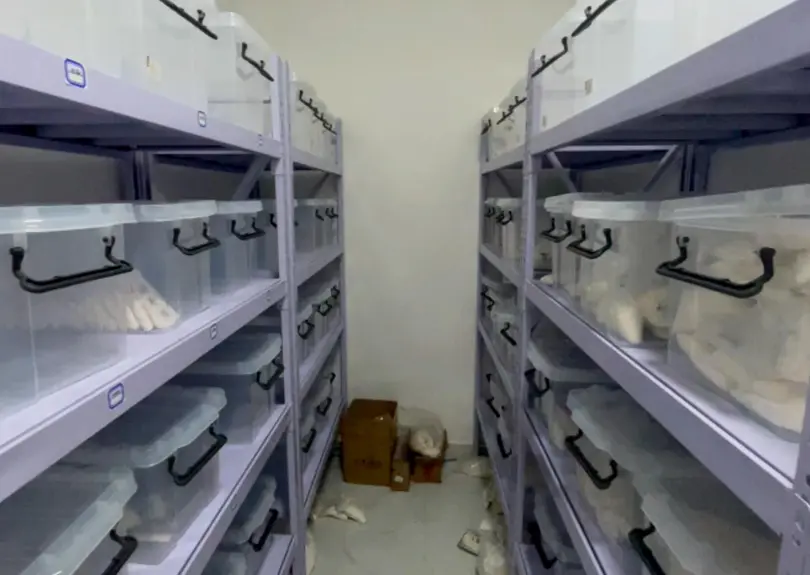
Oct . 14, 2024 17:46 Back to list
Understanding the Applications and Benefits of HPMC in Various Industries
What is HPMC Used For?
Hydroxypropyl Methylcellulose (HPMC) is a versatile and widely used polymer derived from cellulose, a natural polymer found in plant cell walls. Due to its unique properties, HPMC is utilized in a variety of applications across different industries, including pharmaceuticals, food, cosmetics, and construction. This article explores the various functionalities and utilities of HPMC, highlighting its significance in modern manufacturing and product formulation.
Pharmaceutical Applications
In the pharmaceutical industry, HPMC is primarily used as an excipient, a substance that serves as a vehicle or medium for active ingredients. Its ability to form gels and films makes HPMC an ideal choice for controlled-release formulations. This means that medications containing HPMC can release their active ingredients gradually over time, improving therapeutic efficacy and patient compliance. Moreover, HPMC is often employed in tablet binding, as it enhances the mechanical properties of tablets while ensuring their disintegration and dissolution in the digestive system.
HPMC is also utilized in the production of ophthalmic solutions. Its viscosity and film-forming capabilities provide lubrication and moisture retention for dry eyes, making it an essential ingredient in artificial tears and other ocular preparations. The safety and biocompatibility of HPMC further promote its use in these applications, as it poses minimal risk of adverse reactions.
Food Industry
In the food industry, HPMC serves several purposes, primarily as a thickening agent, emulsifier, and stabilizer. Its ability to retain moisture and improve texture makes it a valuable addition to a wide range of food products, including sauces, dressings, baked goods, and ice creams. HPMC is often used to enhance the mouthfeel of low-fat foods, giving them a creamier texture without significantly increasing their caloric content. This functionality aligns with consumer demand for healthier alternatives that do not compromise on taste or texture.
Another important aspect of HPMC in food applications is its role as a gluten substitute in gluten-free formulations. By mimicking the structural properties of gluten, HPMC helps improve the elasticity and cohesiveness of gluten-free doughs, resulting in products that are more palatable and satisfy consumer expectations.
what is hpmc used for

Cosmetics and Personal Care
HPMC finds extensive use in the cosmetic and personal care industry, thanks to its thickening and film-forming properties. It is commonly incorporated into shampoos, conditioners, lotions, and creams to enhance viscosity, stability, and texture. Additionally, HPMC acts as a stabilizing agent in emulsions, ensuring that water and oil components remain uniformly mixed.
Moreover, HPMC is valued for its ability to form a breathable film on the skin, which can enhance moisture retention and provide a protective barrier. This characteristic makes it a popular ingredient in various skincare products, particularly those aimed at moisturizing and hydrating the skin.
Construction and Building Materials
In the construction industry, HPMC is used as a thickening and water-retention agent in mortar, plaster, and tile adhesives. Its incorporation into these materials improves workability, allowing for easier application and better adhesion to surfaces. The water-retention properties of HPMC also assist in preventing rapid evaporation during application, ensuring proper curing and strength development in the final product.
Conclusion
Hydroxypropyl Methylcellulose (HPMC) is an indispensable ingredient across multiple sectors, ranging from pharmaceuticals and food to cosmetics and construction. Its unique characteristics, such as water solubility, film-forming ability, and thickening properties, make it an essential component in enhancing product performance and consumer experience. As industries continue to evolve and seek innovative solutions, HPMC’s versatility ensures that it will remain a crucial player in formulation science and manufacturing processes. Whether it’s improving drug delivery, enhancing food textures, or stabilizing cosmetics, HPMC showcases the power of naturally derived materials in modern applications.
-
Versatile Hpmc Uses in Different Industries
NewsJun.19,2025
-
Redispersible Powder's Role in Enhancing Durability of Construction Products
NewsJun.19,2025
-
Hydroxyethyl Cellulose Applications Driving Green Industrial Processes
NewsJun.19,2025
-
Exploring Different Redispersible Polymer Powder
NewsJun.19,2025
-
Choosing the Right Mortar Bonding Agent
NewsJun.19,2025
-
Applications and Significance of China Hpmc in Modern Industries
NewsJun.19,2025







